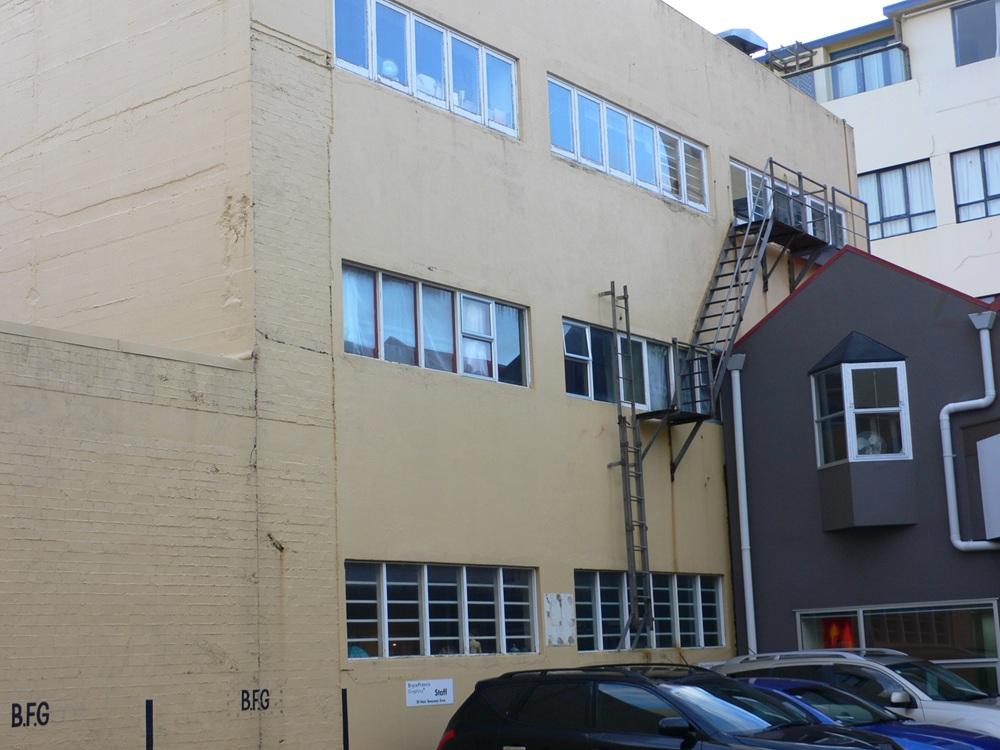RESOURCES SERIES: Earthquake-safe Buildings
ARTICLE 13 in a series of Educational Articles for Developing Nations to Improve the Earthquake Safety of Buildings
ABOUT THIS SERIES OF RESOURCES >>
When it comes to carrying the weight of a building, a long or high column, especially if small in cross-section, can be problematic. It is prone to buckling. However, from the perspective of designing earthquake-safe buildings, short columns can cause a critical structural weakness. Although not as dangerous as a soft story, short columns perform very poorly during an earthquake.
Short columns are most commonly formed where infill walls in a column and beam building are only partially high (Figures 1 and 2). An alternative and more descriptive term for ‘short column’ is ‘captive column’. This is because, during an earthquake with its horizontal to-and-fro shaking, the lower length of the column is held captive by partial-height infill walls. They prevent the column from bending sideways like a normal column does. So, all the horizontal movement occurs in the short length of column that is unrestrained by the infill wall. This is the problem!
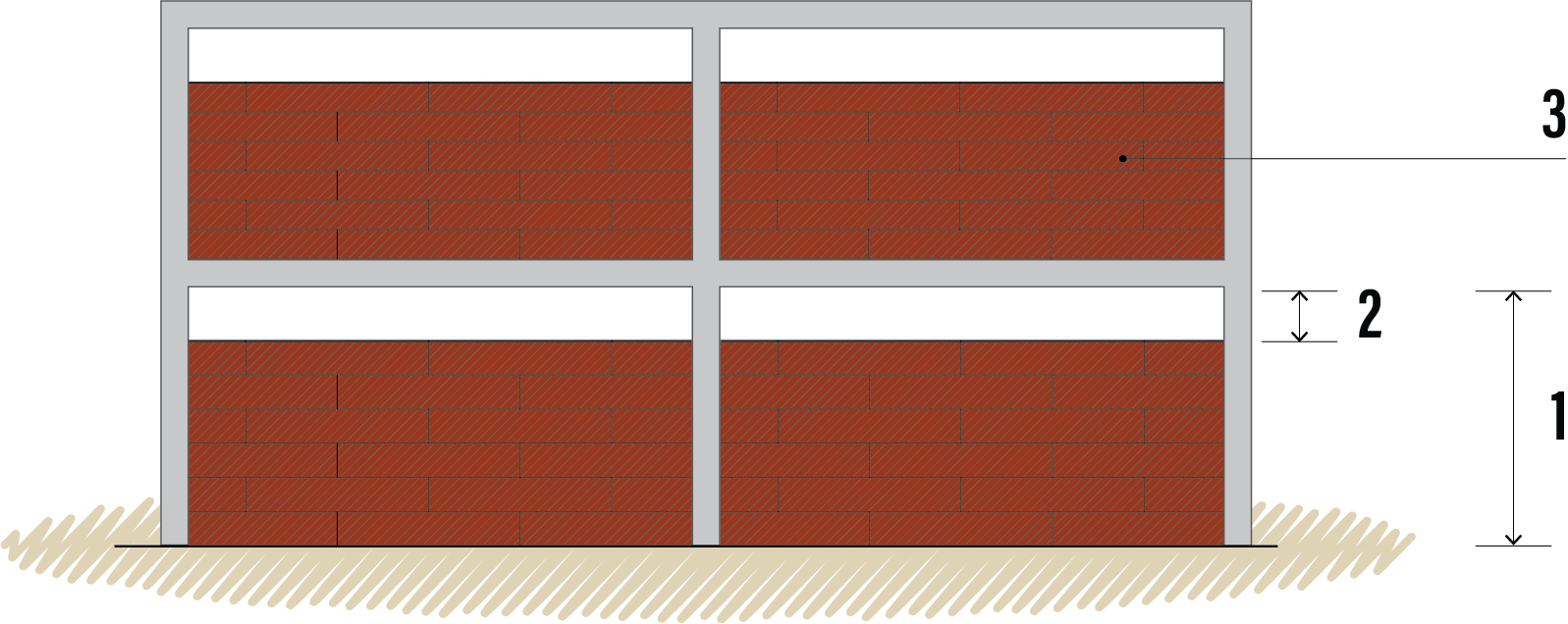
Figure 1. Elevation of a building with short columns. Rather than being able to bend over their full height (1), bending is confined to the height of the windows (2) due to the influence of the infill walls (3).
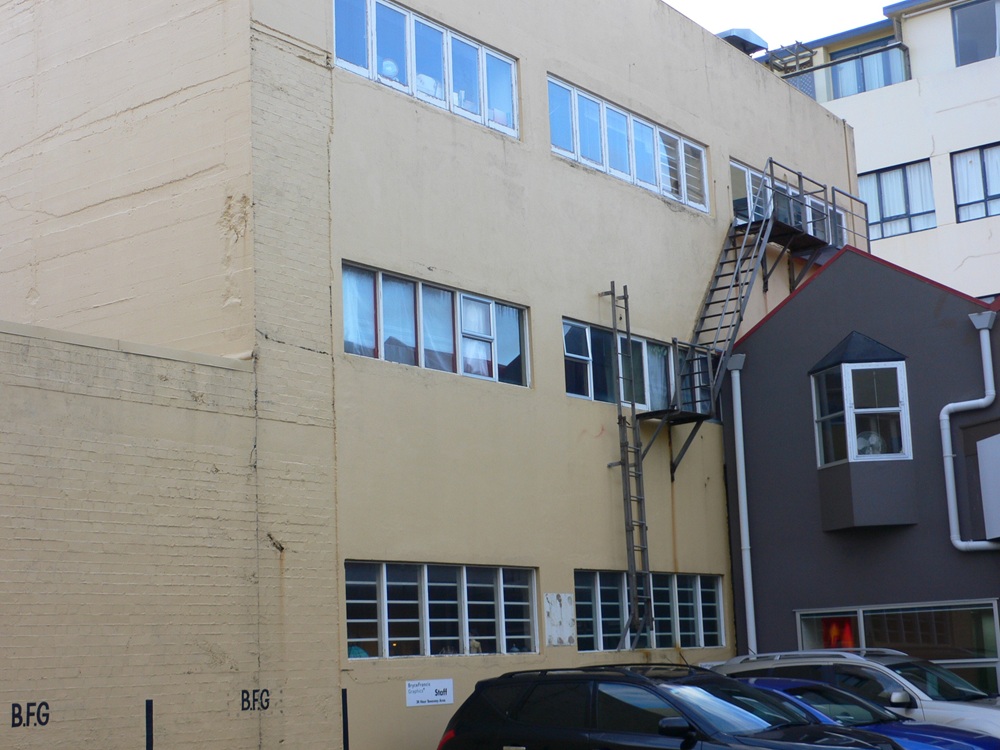
Figure 2. Normal height columns have been shortened from the perspective of resisting horizontal forces by partial-height infill walls.
Normal columns unaffected by infill walls are able to bend sideways in a flexible manner during an earthquake. In the process of bending, columns develop narrow cracks that are not serious. However, if a column is partially constrained by infill walls, the movement that normally occurs over the whole story-height of a column concentrates in the ‘short column’ above the top of the infill wall (Figure 3). Not only does such horizontal movement over a short vertical distance cause heavy structural damage, but a short column is too rigid to bend. Rather, it just breaks in a shearing action. It snaps like a carrot. Diagonal cracks form in the column and crushed concrete falls from the damaged area (Figure 4). The building drops and eventually requires demolition. Many images of this type of damage can be viewed in an online search for “short column effect”.
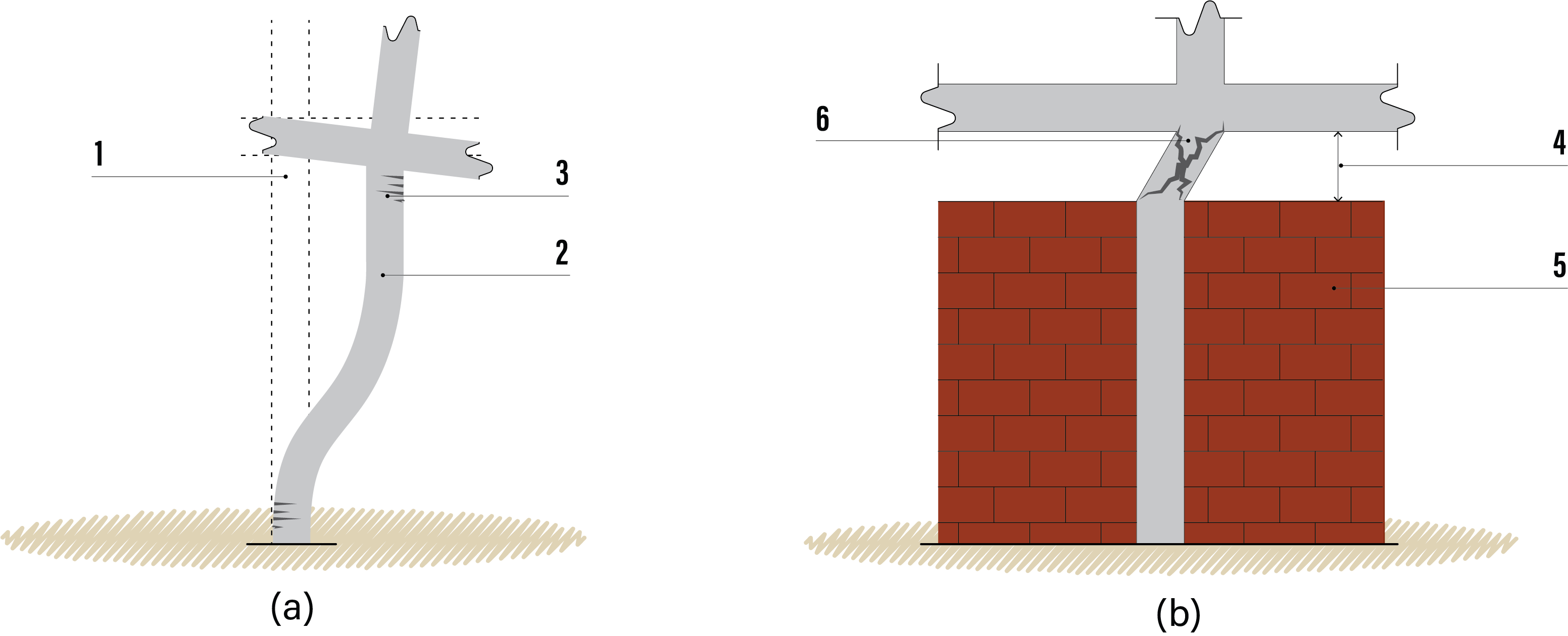
Figure 3. (a) During an earthquake (1) a normal height column bends (2) as it moves horizontally. In the process it cracks (3) but can still remain strong. In (b) an upper window (4) and masonry infills (5) cause serious diagonal cracks in the short column that lead to the column disintegrating.
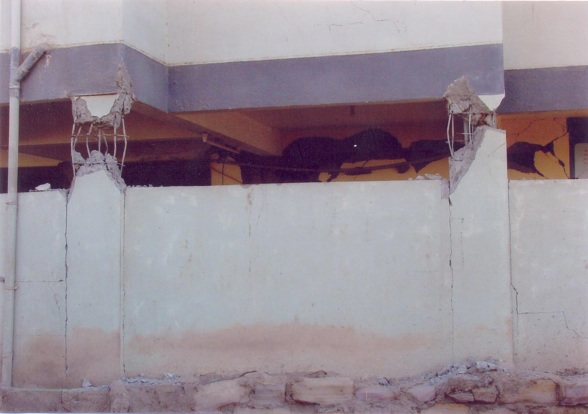
Figure 4. Earthquake-damaged short columns.
There are several methods to avoid short columns. In the first, the lengths of windows are reduced so that their ends are well away from the tops of the columns. Secondly, construct infill walls from incombustible light-weight material, like cement board. It is too weak to constrain the lower part of a column which can then bend normally. Finally, if masonry partial-height infill walls are required, then they need to be physically separated from the columns by narrow vertical gaps. These gaps need treatment to ensure weather tightness. Steel brackets are required to stabilize the infill walls so that during earthquake shaking they don’t fall out of or into the building (Figure 5).
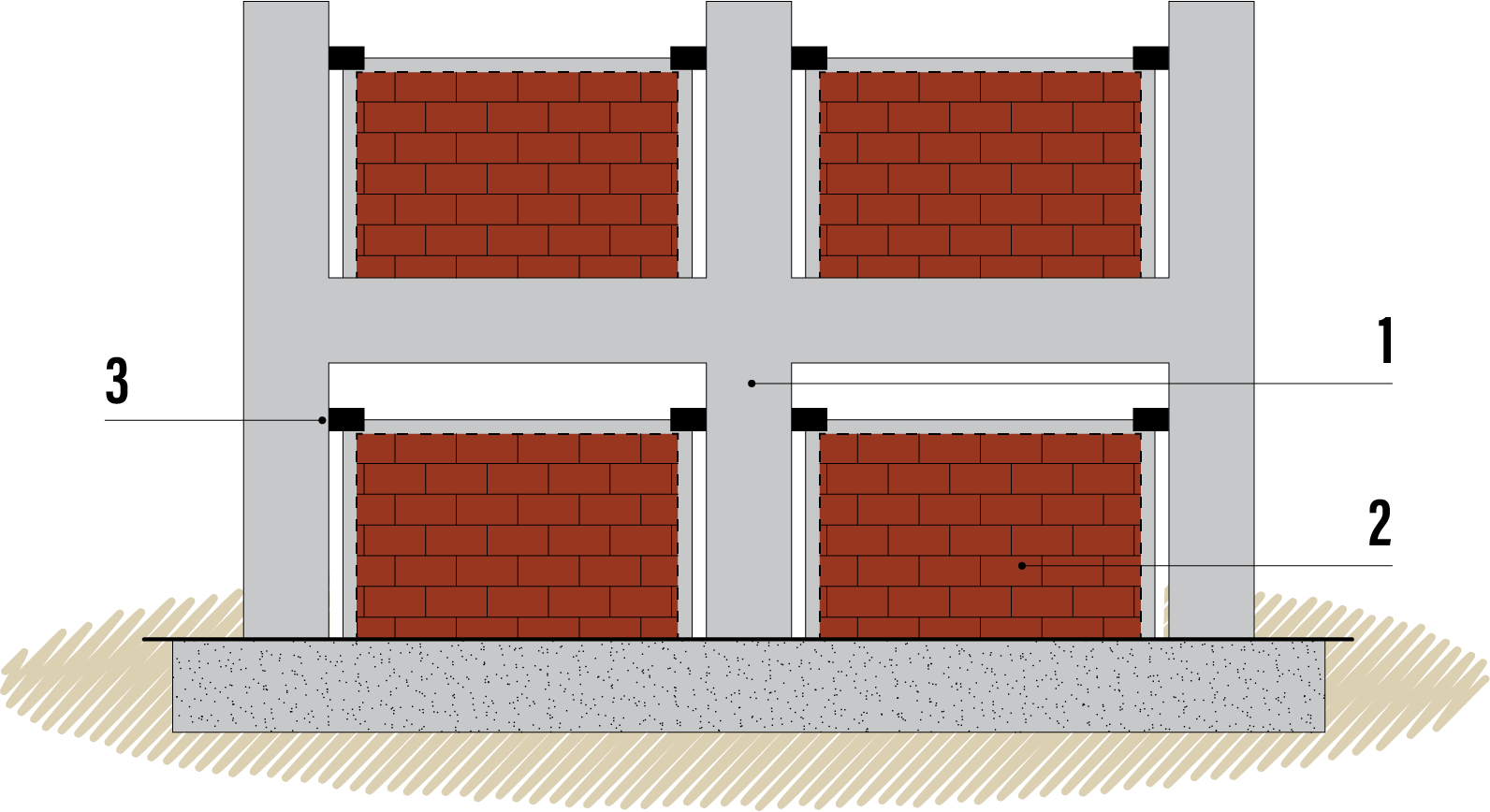
Figure 5. A reinforced concrete frame with potential short columns (1) and masonry infill walls (2) confined by tie columns and tie beams. The infills are separated from the frame by vertical separation gaps but restrained at their top corners by steel brackets bolted to the columns (3). The brackets allow movement between columns and walls parallel to the walls, but prevent the walls from falling from the building during an earthquake.
References:
Charleson, A. W., 2008. Seismic design for architects: outwitting the quake. Oxford, Elsevier, pp. 148-151.
Murty, C. V. R., 2005. Why are Short Columns more Damaged During Earthquakes? Earthquake Tip 22. IITK-BMTPC “Learning earthquake design and construction”, NICEE, India. http://www.iitk.ac.in/nicee/EQTips/EQTip17.pdf (accessed 5 May 2020).
Short Column. Glossary for GEM Taxonomy. Global Earthquake Model. https://taxonomy.openquake.org/terms/short-column-shc.
Video: Captive column by Cale Ash, Academy of Earthquake Safety. https://www.youtube.com/watch?v=kRG3XwOvzuo.
<< PREVIOUS ARTICLE I NEXT ARTICLE >>
RESOURCES SERIES
INTRODUCTION:
About this resources series
- Earthquakes and How They Affect Us
- Avoiding Soil and Foundation Problems during Earthquakes
- Three Structural Systems to Resist Earthquakes
- Why Walls Are the Best Earthquake-resistant Structural Elements
- Are Walls in Buildings Helpful during Earthquakes?
- How Do Buildings with Reinforced Concrete Columns and Beams Work in Earthquakes?
- Principles for Earthquake-safe Masonry Buildings
- Tying Parts of Buildings Together to Resist Earthquakes
- Local Wisdom and Building Safety in Earthquakes
- Infill Walls and How They Affect Buildings during Earthquakes
- A Common Structural Weakness to Avoid: Soft Story
- A Common Structural Weakness to Avoid: A Discontinuous Wall
- A Common Structural Weakness to Avoid: Short Column
- Preventing a Building from Twisting during Earthquake
- Why Buildings Pound Each Other during Earthquakes
- Construction Codes and Standards
- What to Look for in Building Regulations
- What to Expect from a Building Designed according to Codes
- Importance of Checks during the Design of Buildings
- Importance of Checks during the Construction of Buildings
- Preventing Damage to Non-structural Components
- Retrofitting Buildings against Earthquake
- Advanced Earthquake-Resilient Approaches for Buildings
- Urban Planning and Earthquake Safety
- Tsunamis and Buildings

